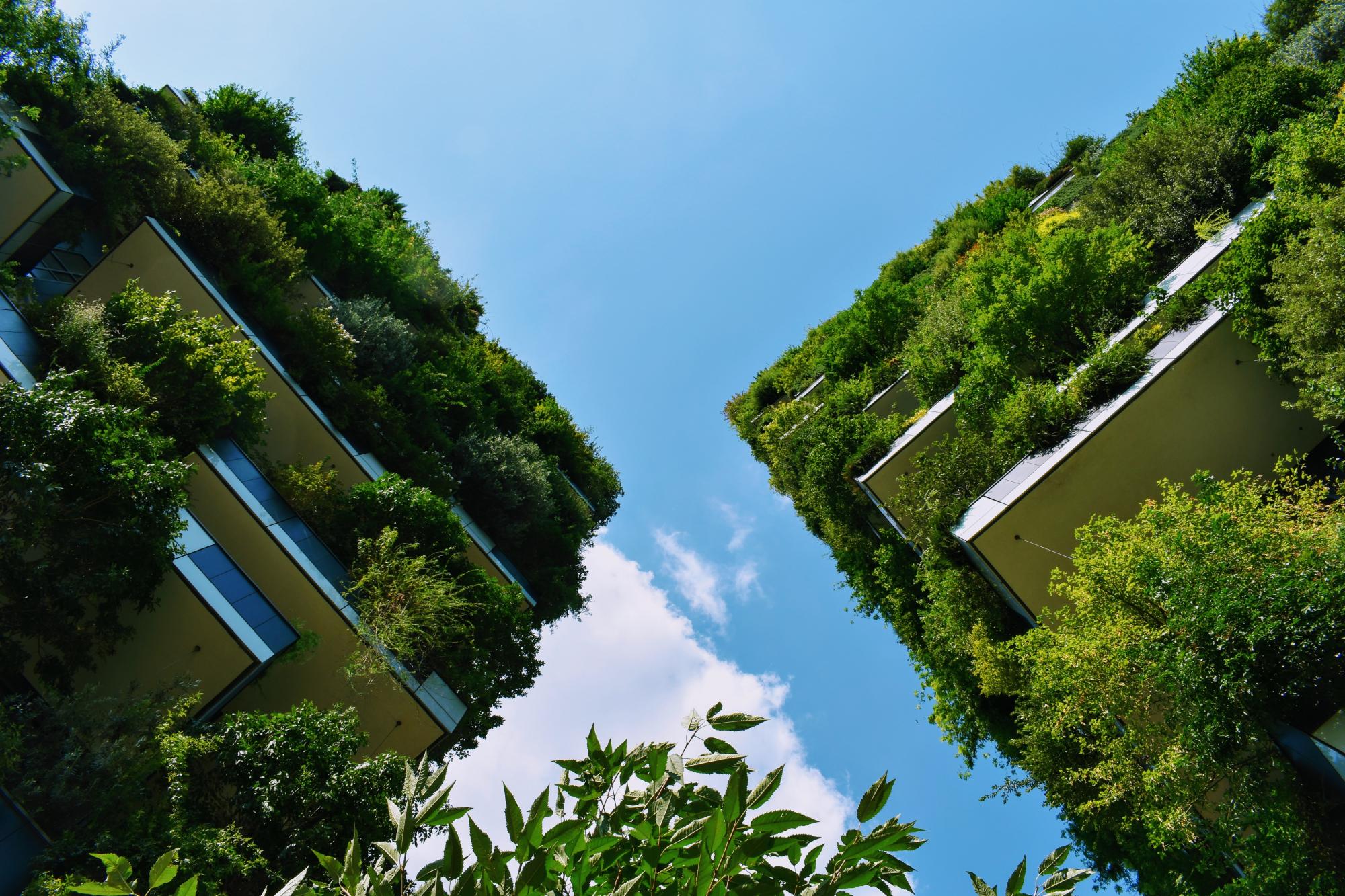Hellenikon Metropolitan Park will be a large urban park located in Hellinikon, Athens, Greece. The park will be the central attraction of the Hellinikon project. It will provide Athens with a much needed ecological boost. When finished the park will be the largest in Europe. It will be approximately 200 hectares spanning the site of the former Hellenikon International Airport (Ref 4). The project will follow an integrated approach to sustainability. The objective is to boost greenery and create high-quality spaces while minimizing the natural resources used, protecting and enhancing the ecosystems in the region, and also raising awareness and educating the public on sustainability issues (Ref 1). Initially, the project was planned to start in 2008 and to be completed by 2013, but with the unfortunate and unseeing financial crisis worldwide, was shelved. A part of the project has been completed in the first 5 years. In 2013, a new design strategy for the project was submitted as part of The Hellinikon Project. The team included Foster & Partners, Charles Anderson Landscape Architecture, ARUP and a group of Greek design consultants. The design was revised and resubmitted to the Greek government in 2018 (Ref 3). The project is now under the consideration of the Greek Ministry of Culture for infrastructure and monuments (Ref 1).
Overview
Nature-based solution
- Blue infrastructure
- Coastlines
- Community gardens and allotments
- Allotments
- Community gardens
- Green areas for water management
- Rain gardens
- Grey infrastructure featuring greens
- Alley or street trees and other street vegetation
- House gardens
- Green parking lots
- Green playgrounds and school grounds
- Parks and urban forests
- Large urban parks or forests
- Pocket parks/neighbourhood green spaces
- Green corridors and green belts
Key challenges
- Climate action for adaptation, resilience and mitigation (SDG 13)
- Climate change mitigation
- Coastal resilience and marine protection (SDG 14)
- Coastal protection / hazard mitigation
- Environmental quality
- Air quality improvement
- Green space, habitats and biodiversity (SDG 15)
- Habitat and biodiversity restoration
- Green space creation and/or management
- Regeneration, land-use and urban development
- Regulation of built environment
- Promote natural styles of landscape design for urban development
- Health and well-being (SDG 3)
- Improving mental health
- Creation of opportunities for recreation
- Inclusive and effective governance (SDG 16)
- Economic development and employment (SDG 8)
- Tourism support
- Employment/job creation
Focus
Project objectives
Implementation activities
Climate-focused activities
Climate change mitigation:
- Increase green urban nature for carbon storage (wetlands, tree cover)
Biodiversity conservation or restoration-focused activities
Biodiversity restoration:
- Restore ecological connectivity
Main beneficiaries
- National-level government
- Private sector/Corporate/Company
- Citizens or community groups
Governance
Management set-up
- Co-governance with government and non-government actors
Type of initiating organisation
- National government
- Private sector/corporate actor/company
- Private foundation/trust
Participatory approaches/ community involvement
- Citizen monitoring and review
Details on the roles of the organisations involved in the project
Project implemented in response to ...
Financing
Total cost
Source(s) of funding
- Corporate investment
- Private Foundation/Trust
Type of funding
- Direct funding (grants, subsidies, or self-financed projects by private entities)
- Tax exemption
- Donations
Non-financial contribution
Impacts and Monitoring
Environmental impacts
- Climate change
- Lowered local temperature
- Enhanced carbon sequestration
- Environmental quality
- Improved air quality
- Green space and habitat
- Increased green space area
- Increased conservation or restoration of ecosystems
- Increased ecological connectivity across regeneration sites and scales
- Reduced biodiversity loss
- Increased number of species present
- Restoration of derelict areas
Economic impacts
- Increase of green jobs (e.g. paid employment positions)
- Attraction of business and investment
Socio-cultural impacts
- Social justice and cohesion
- Improved social cohesion
- Improved liveability
- Improved access to urban green space
- Increased opportunities for social interaction
- Increased involvement of locals in the management of green spaces
- Health and wellbeing
- Improved mental health
- Cultural heritage and sense of place
- Improvement in people’s connection to nature
Type of reported impacts
Presence of formal monitoring system
Presence of indicators used in reporting
Presence of monitoring/ evaluation reports
Availability of a web-based monitoring tool
References
2. Athens is building the world’s largest city park. 2014. Smart cities dive. URL: Source link. Accessed on 8th July, 2020.
3. The Hellinikon-Urban Development Project, Athens. Lamda Development. URL: Source link. Accessed on 8th July, 2020.
4. The Hellinikon Metropolitan Park. Wikipedia, the free Encyclopedia. URL: Source link. Accessed on 8th July, 2020.
5. Prentou. P. 2012. More Athenian sociospatial injustice in the works? Creating a metropolitan park at the former Hellinikon International Airport of Athens. Conference paper for presentation at the AESOP 26th Annual Congress July 11-15. Ankara: Turkey.
